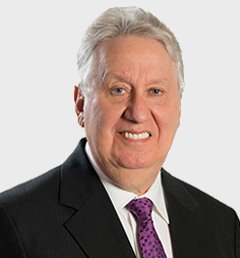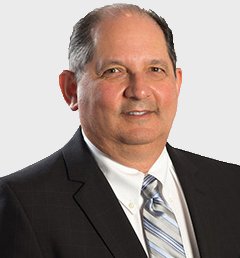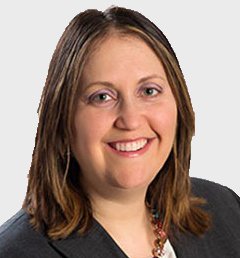As we had touched on in an earlier blog, one of the ramifications of COVID-19 has been to trigger changes to the way courts and laws are applied throughout the Province. One of the areas that are being updated under the Accelerating Access to Justice Act is the laws with respect to Wills. The changes specifically are being made to the Succession Law Reform Act and the Substitute Decisions Act.
Once the plague hit the world, the Government of Ontario acted relatively quickly and enacted emergency regulations as of April 7, 2020. One of those regulations permitted for the first time witnessing of Wills through an audio-visual platform, such as ZOOM or SKYPE. The regulations were soon clarified to allow virtual signings to be done in counterpart. In other words, the client at one end of the process signed one set and the lawyer and the other witness signed an identical copy at the same time.
These rules are about to become a permanent fixture of the law of Ontario. One must note that for remote witnessing to be valid, at least one of the witnesses must be a lawyer or a licenced paralegal. The law will be retroactive to April 7, 2020. The new Act refers to contemporaneous execution, which has been interpreted to mean that the Wills must be in counterpart. That reqires the process as we discussed above and not circulating the same copy to be signed on separate dates.
While the Act has received royal assent, it still needs the final step by the Government to activate it, namely a royal proclamation. That should happen relatively shortly. One should note that the law specifically does not permit digital signatures. What is called for is what is referred to as a wet signature. Literally ink on paper. This author does not disagree with that requirement. The signing of a Will is still a very formulaic process and attention to detail and ensuring that a Will is properly signed is one of the components of creating a valid Will. In another blog, we will discuss possible remedies.













